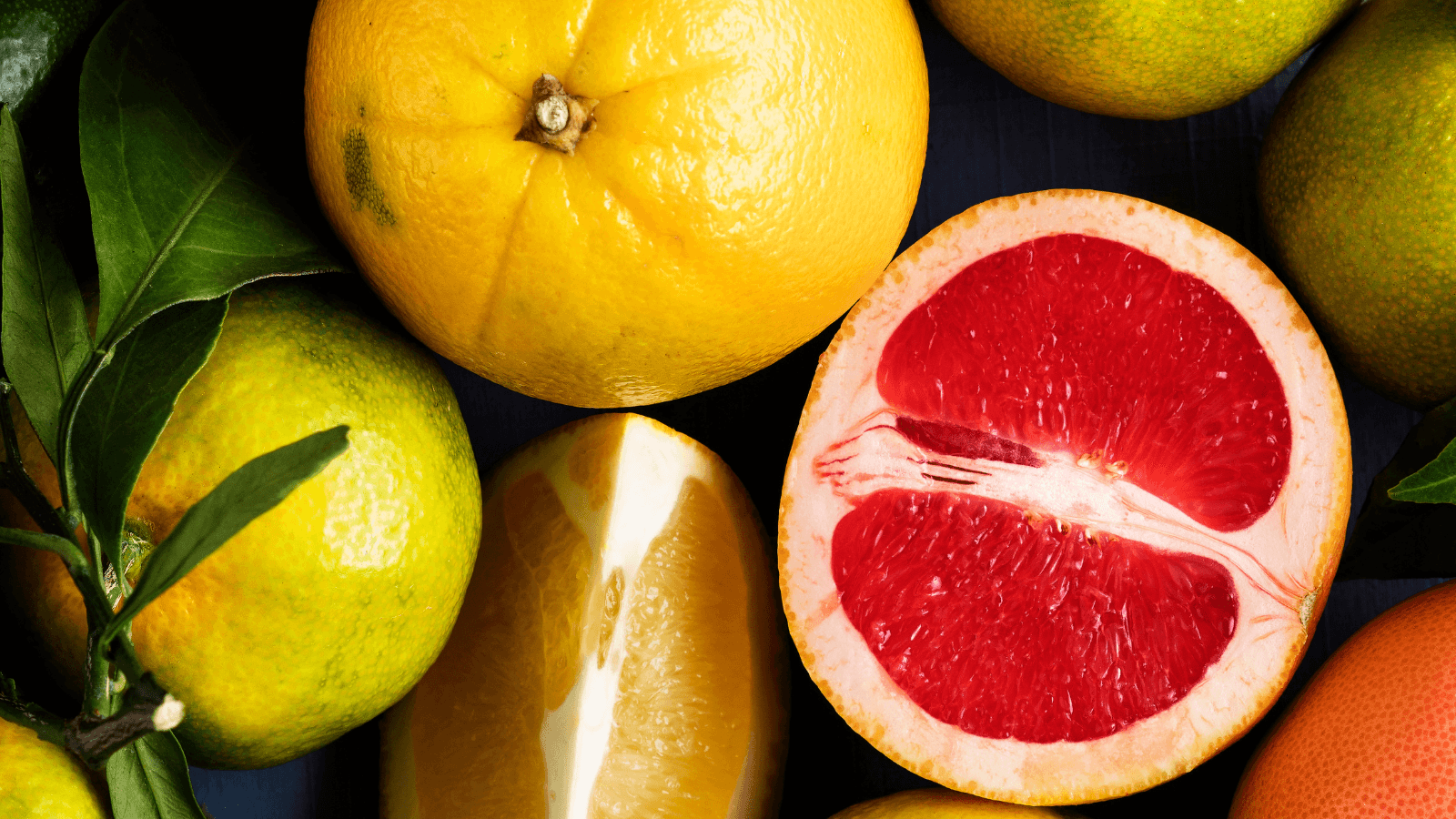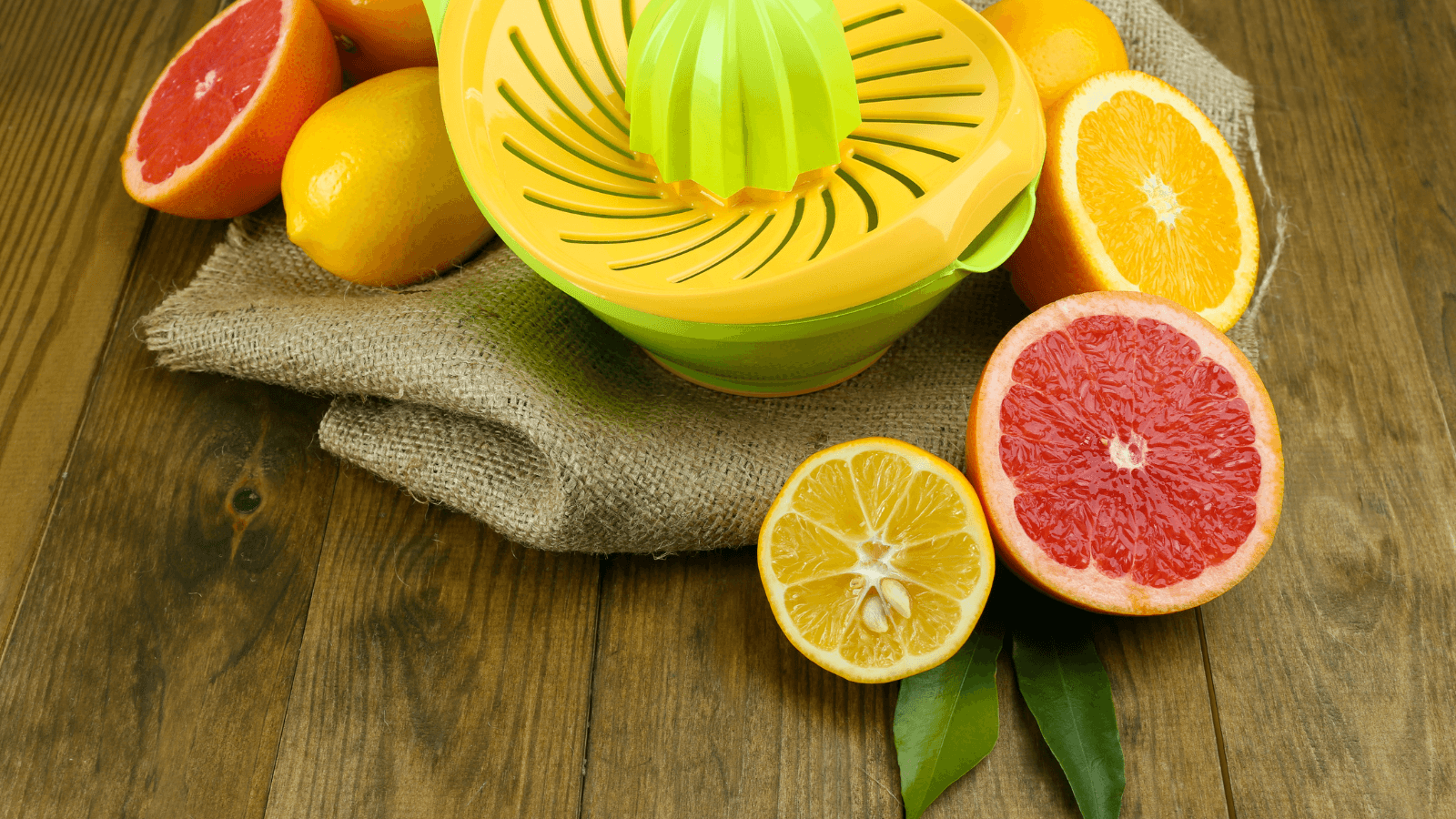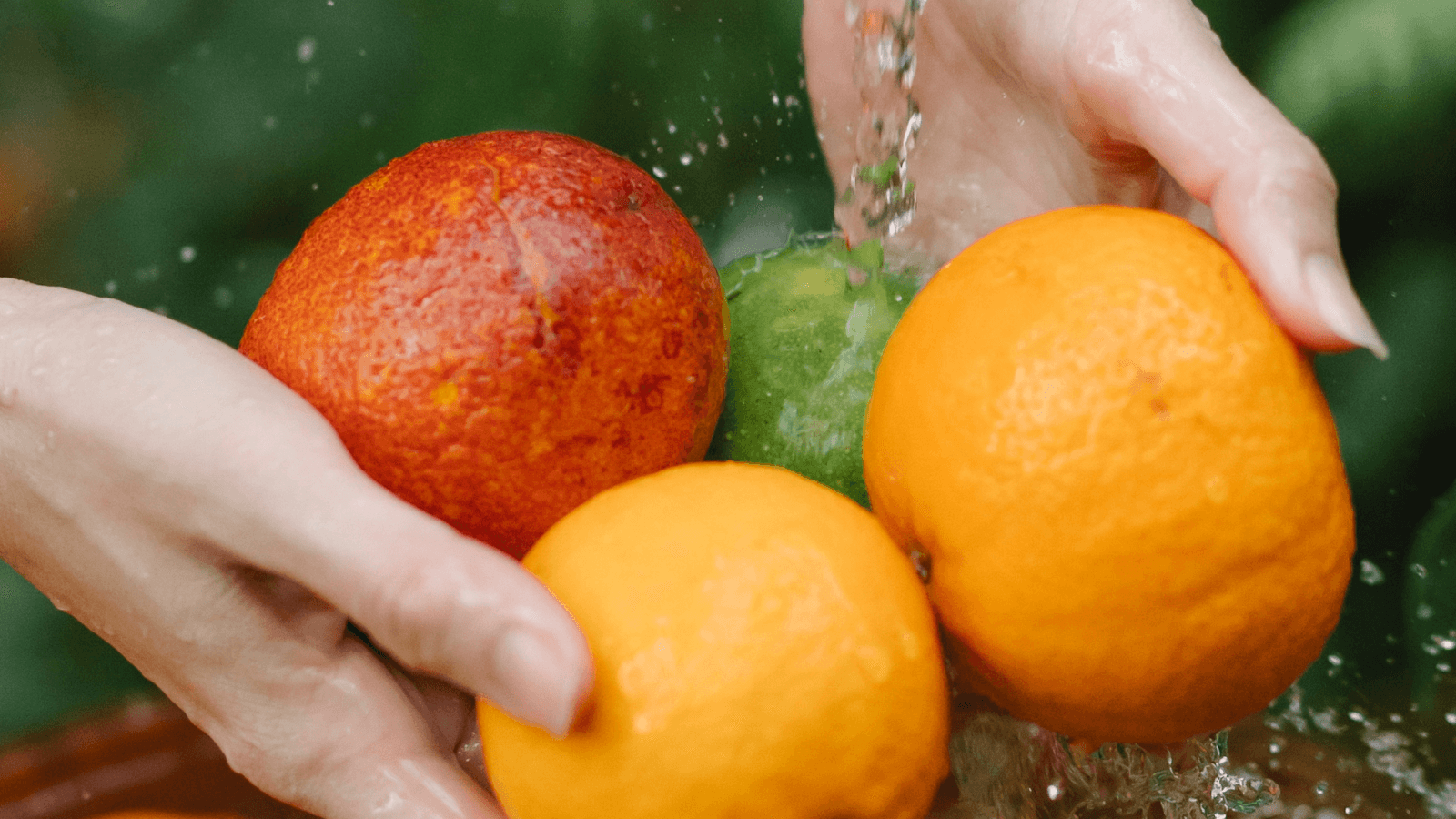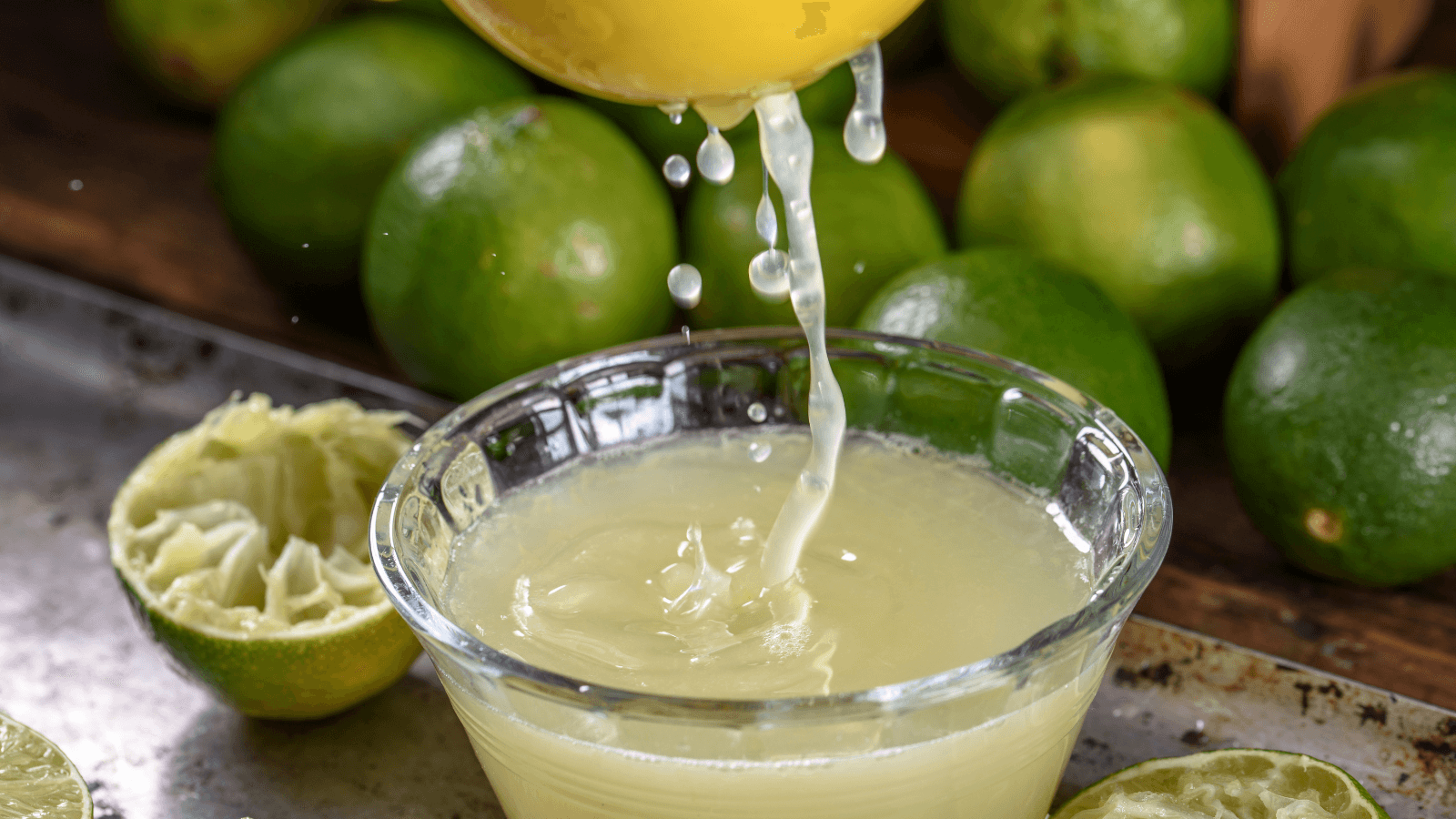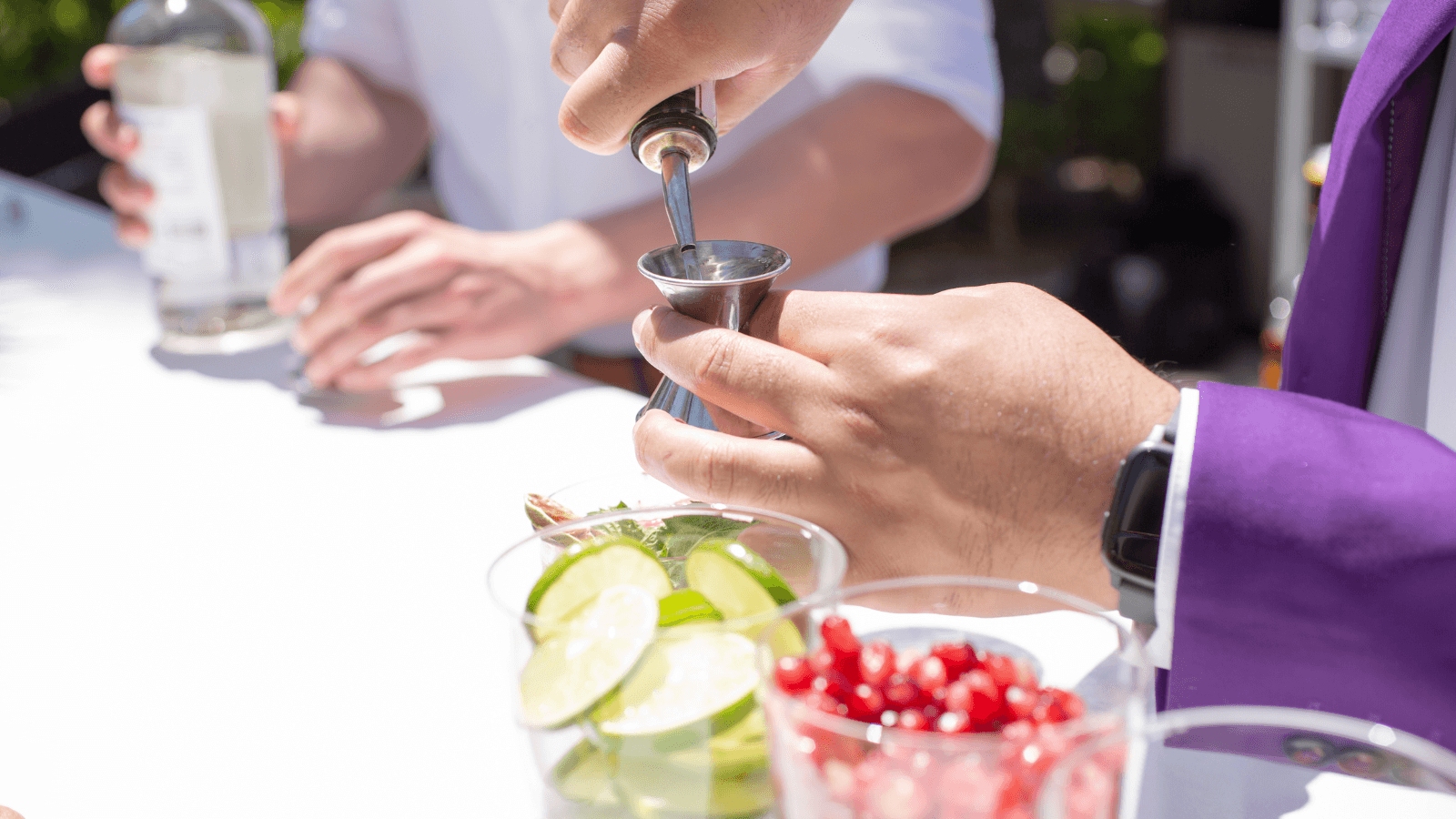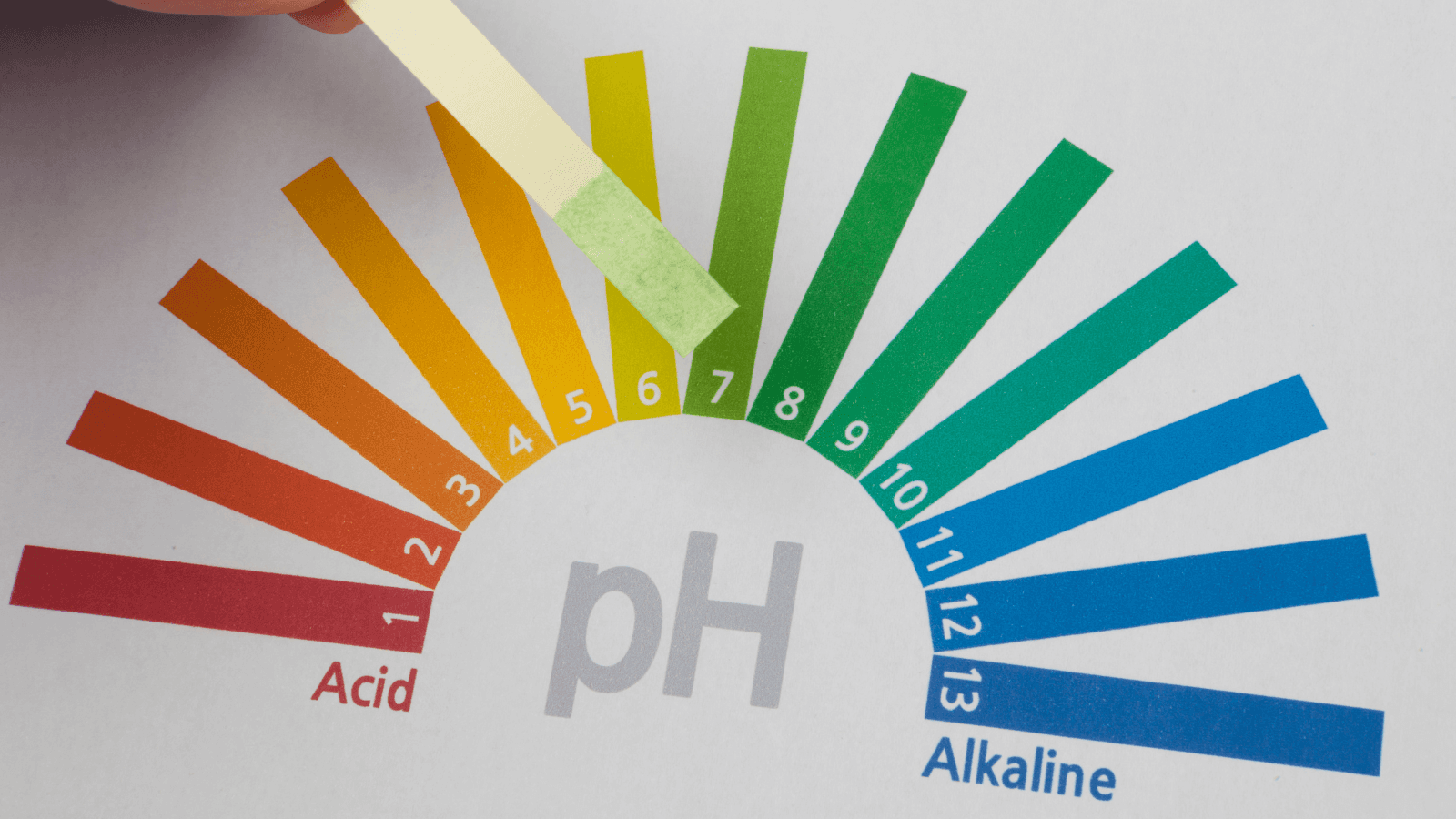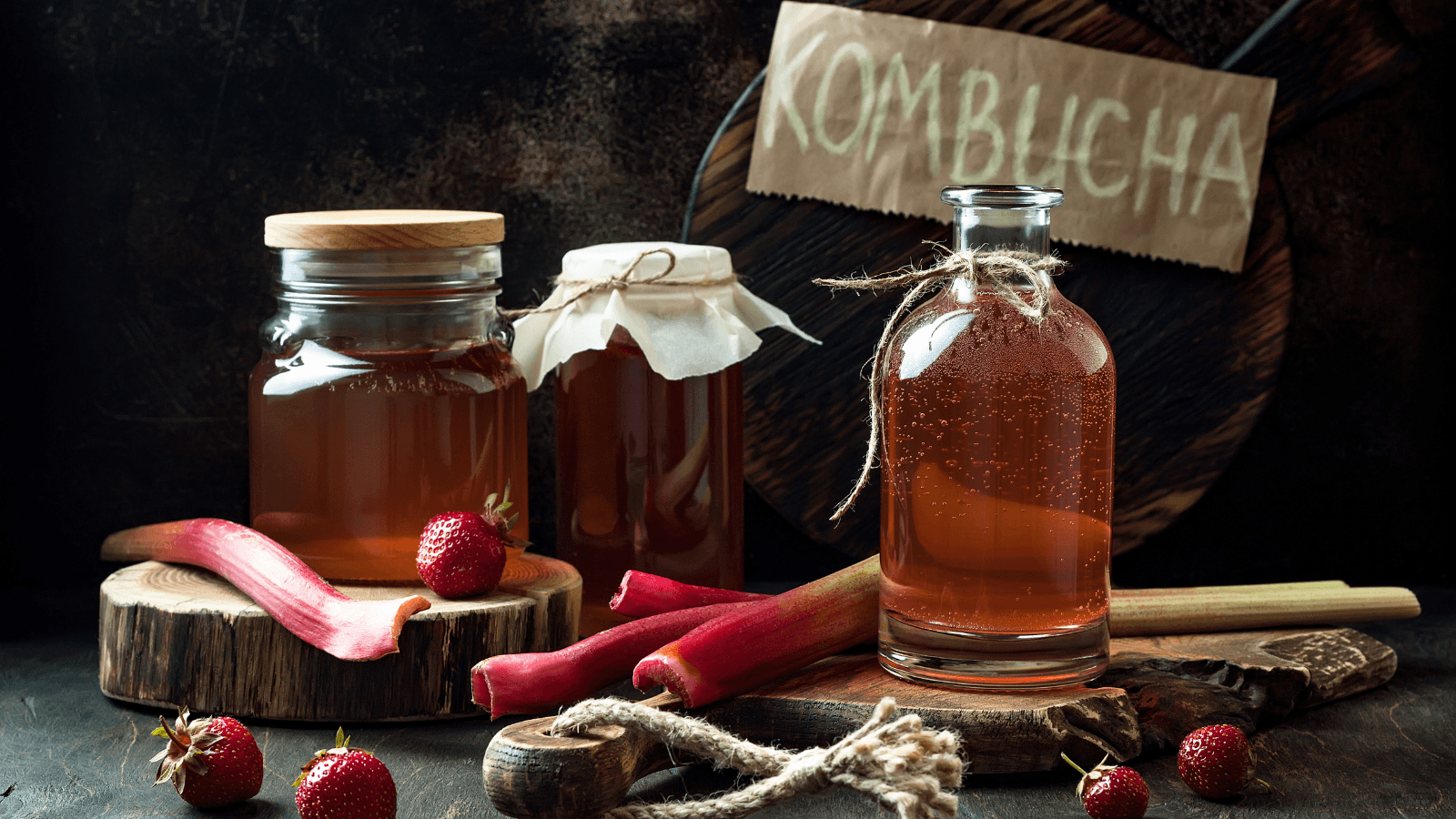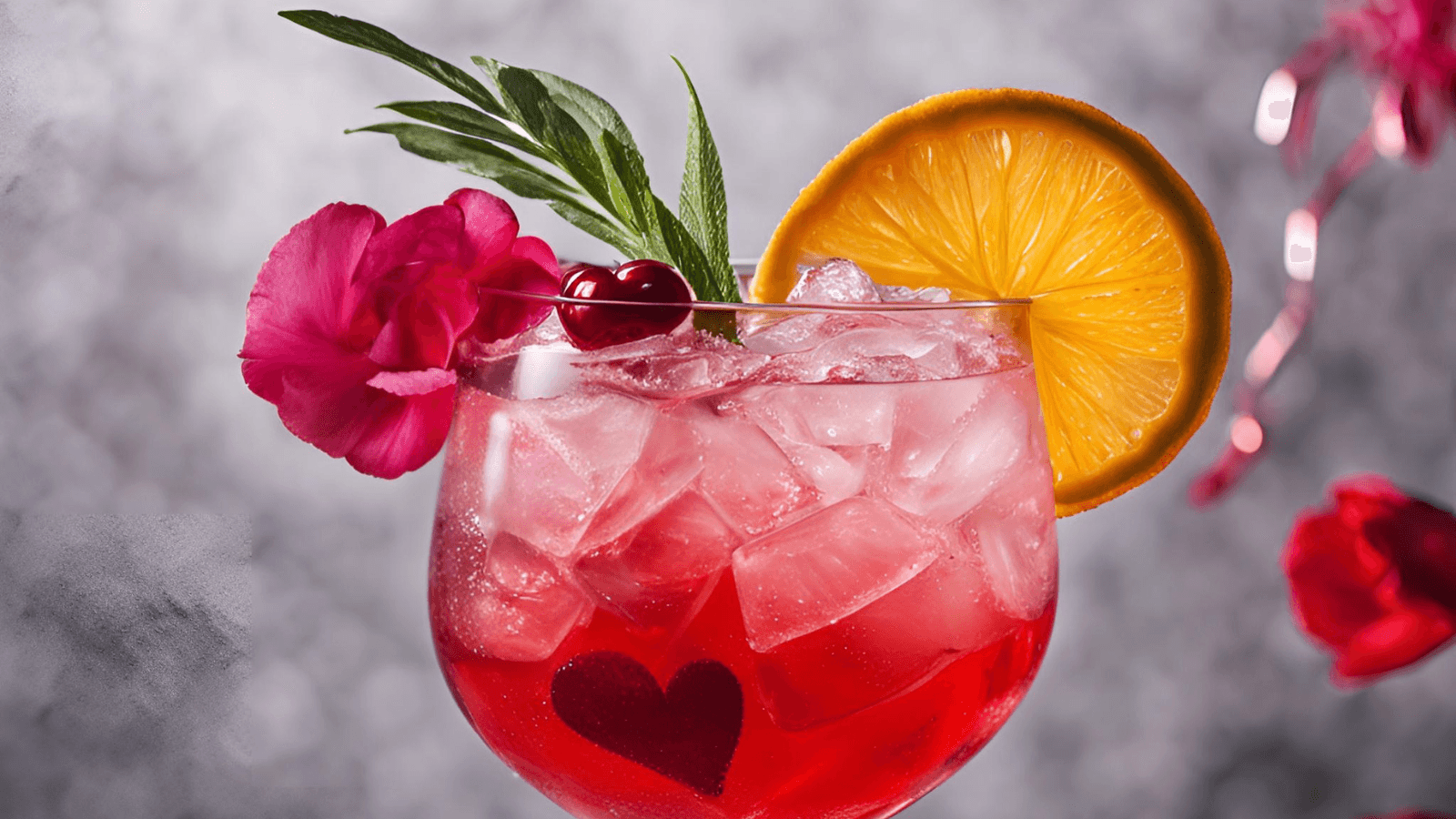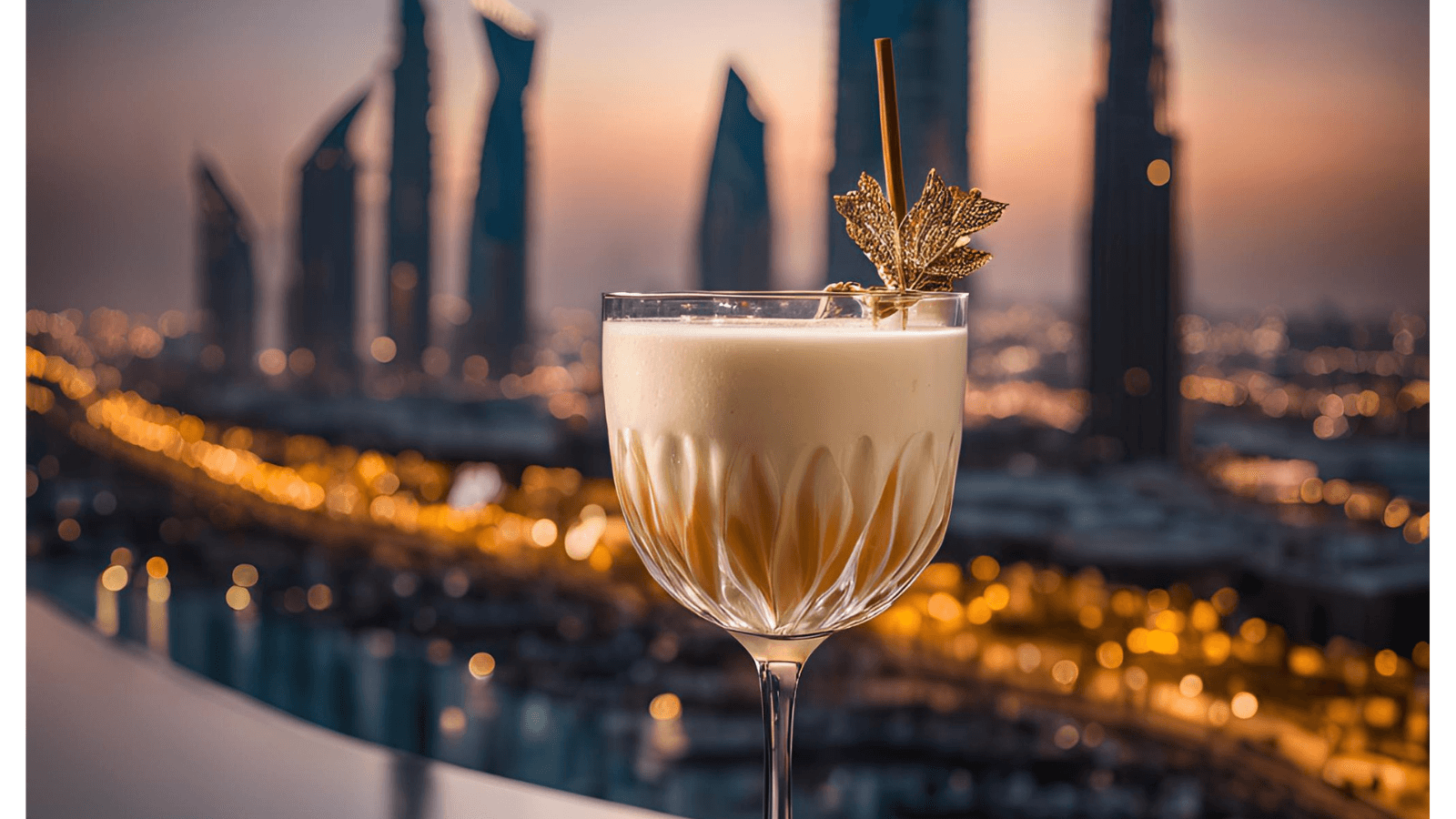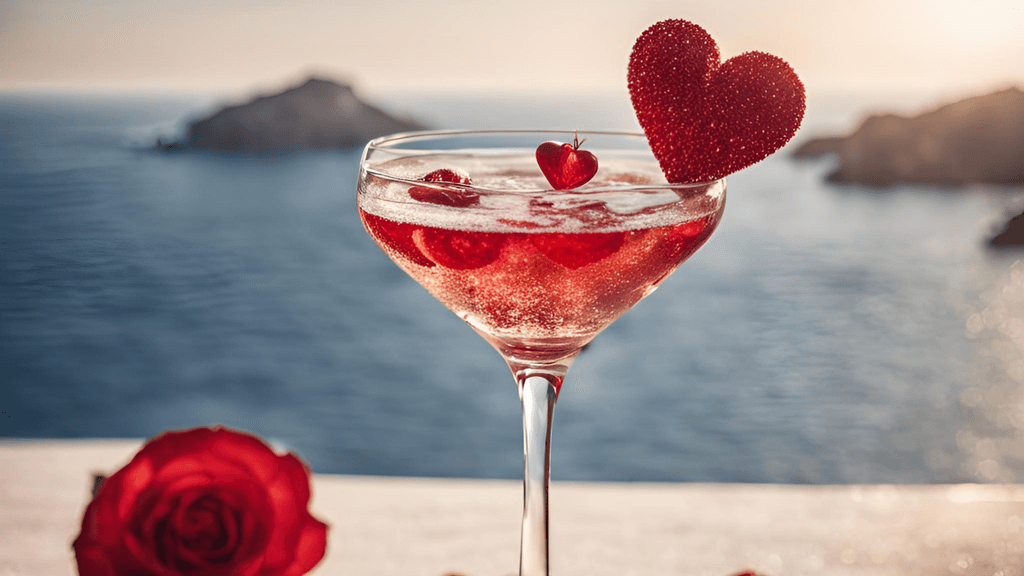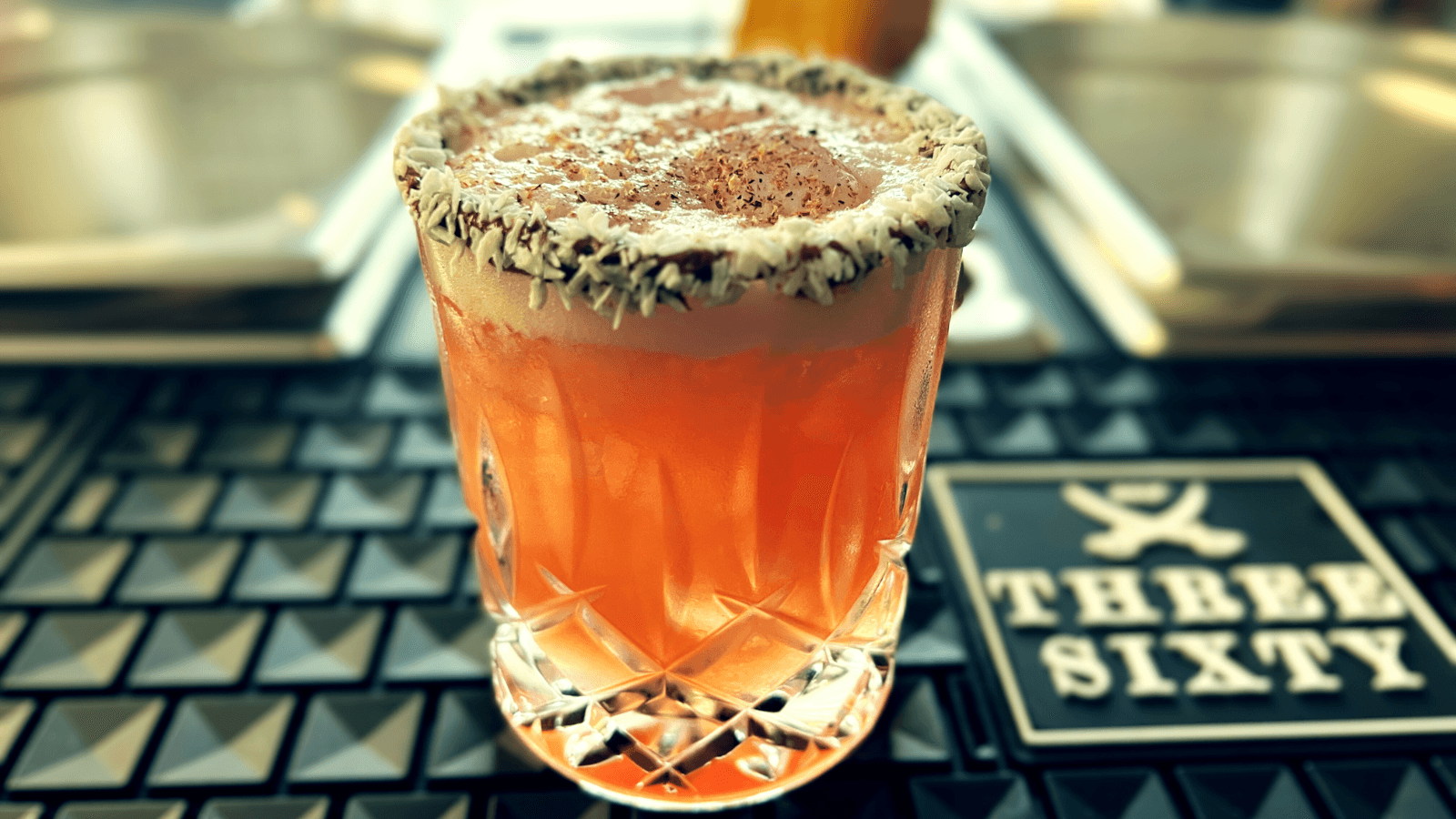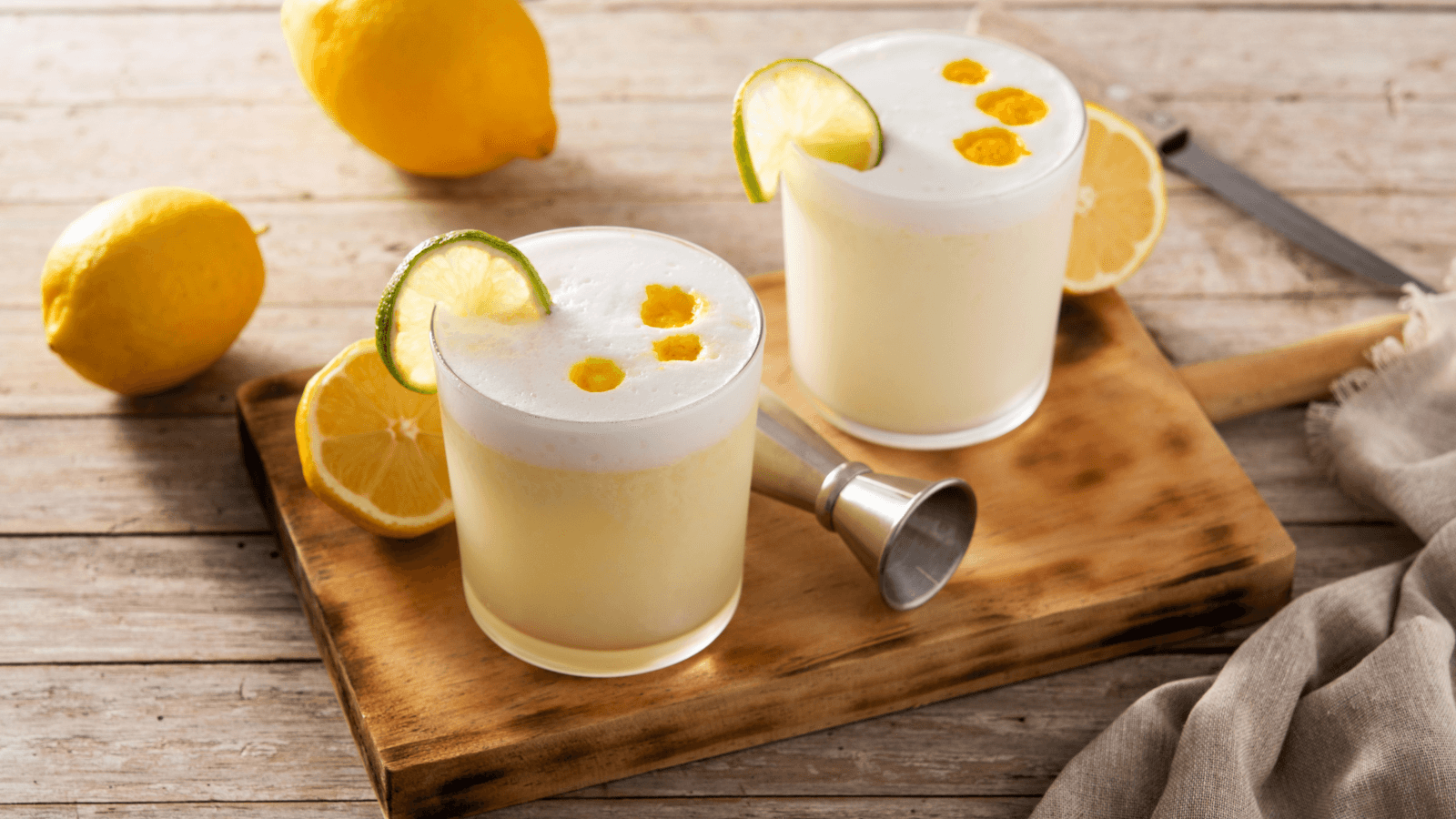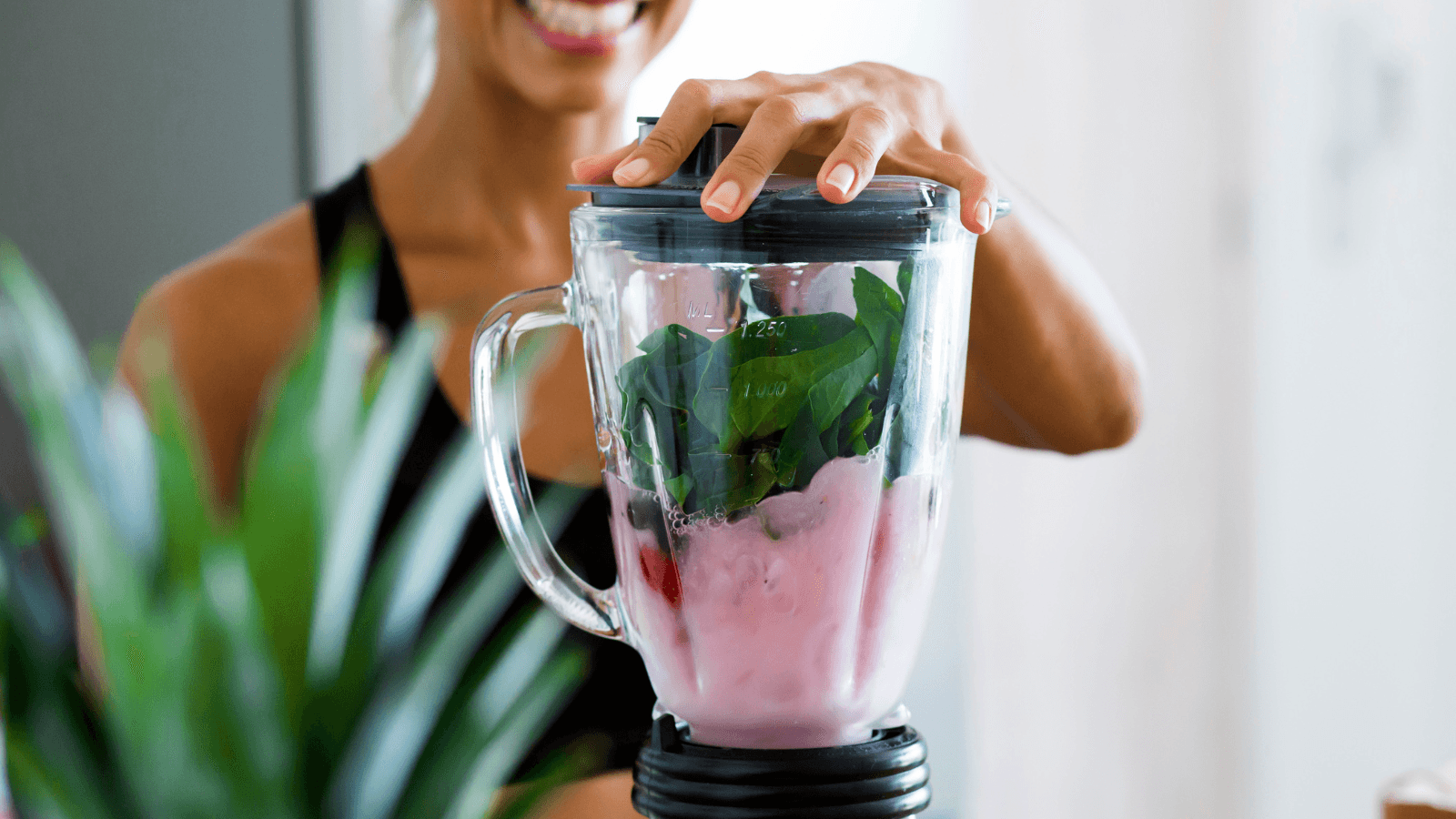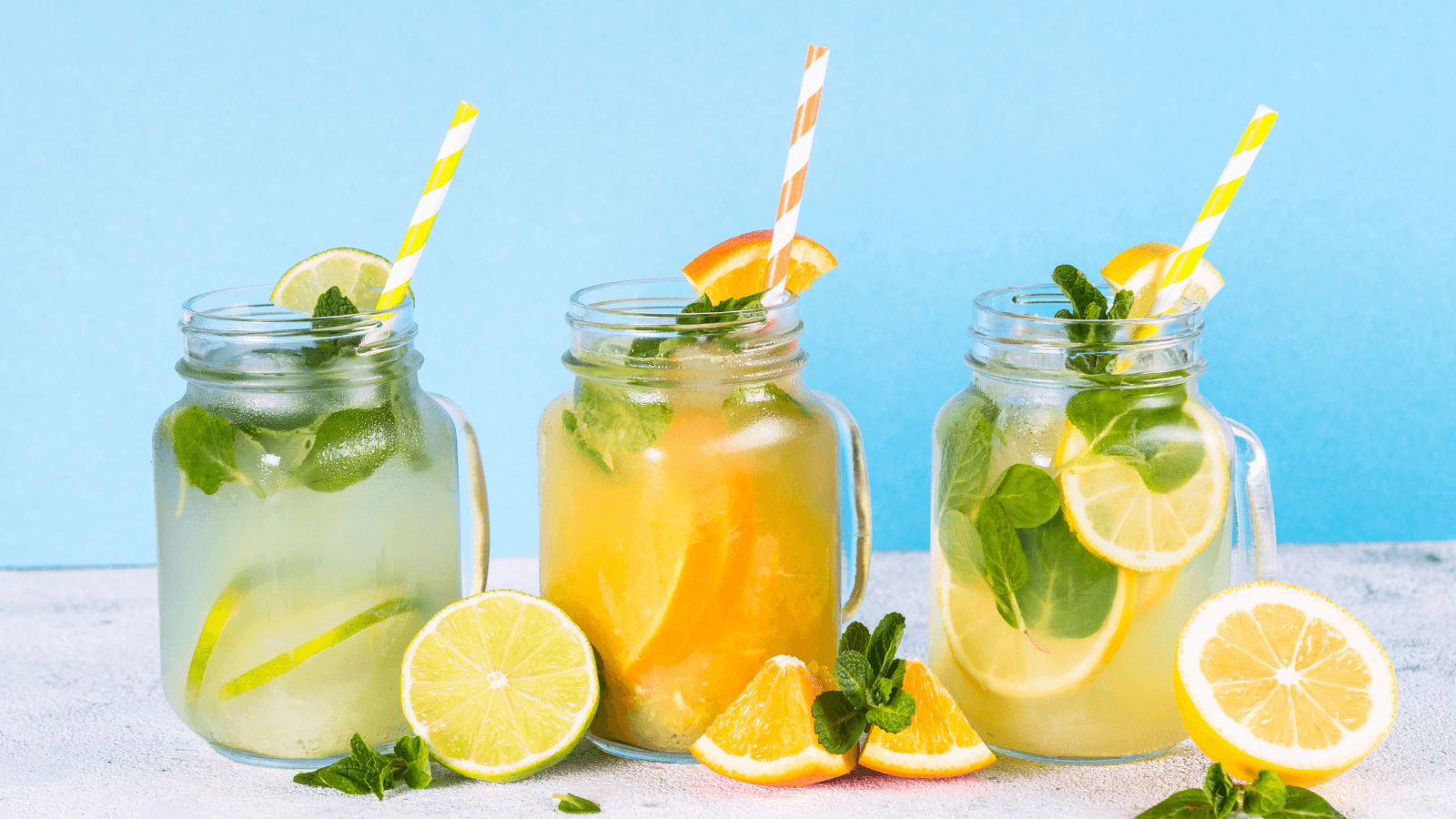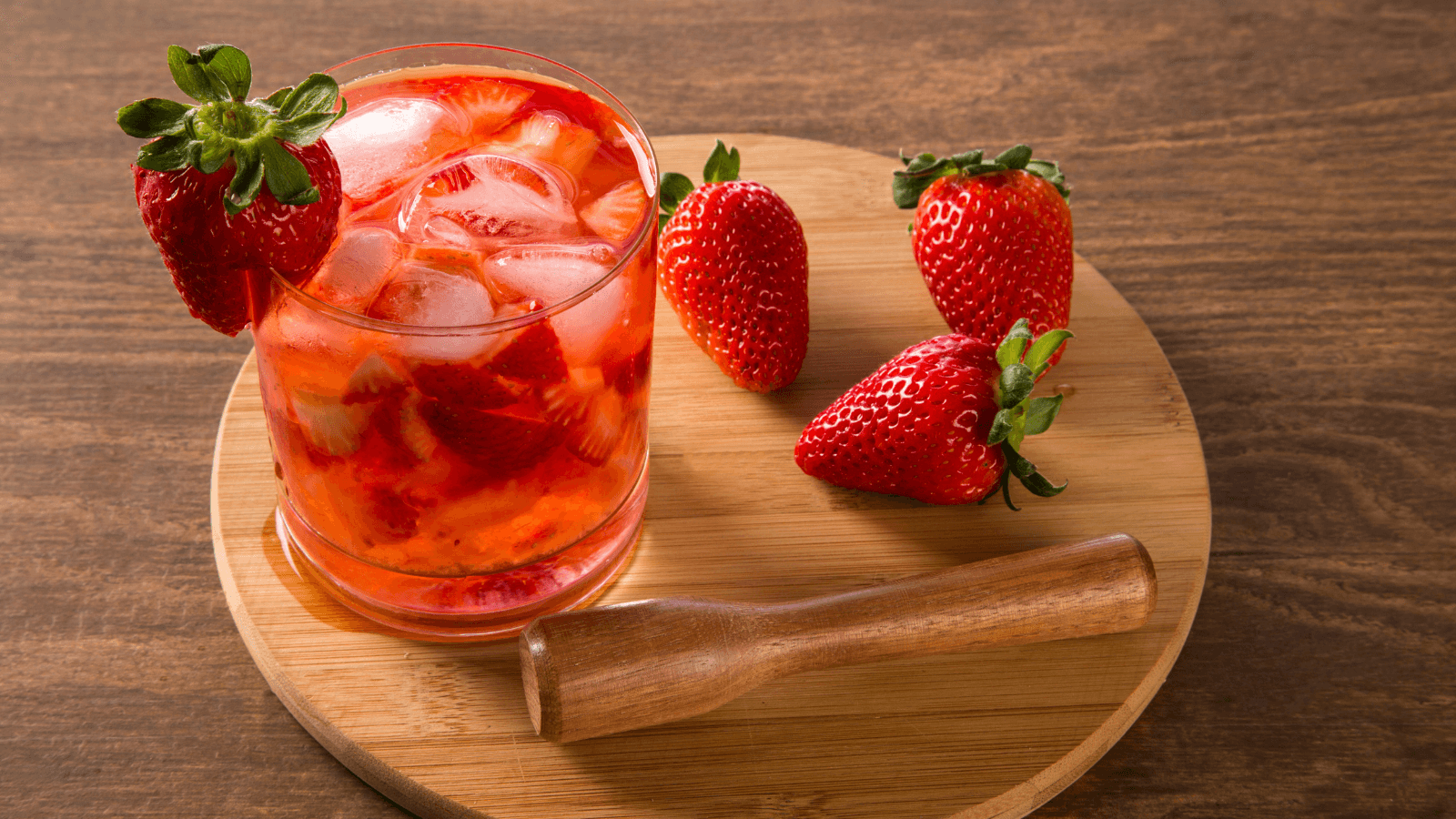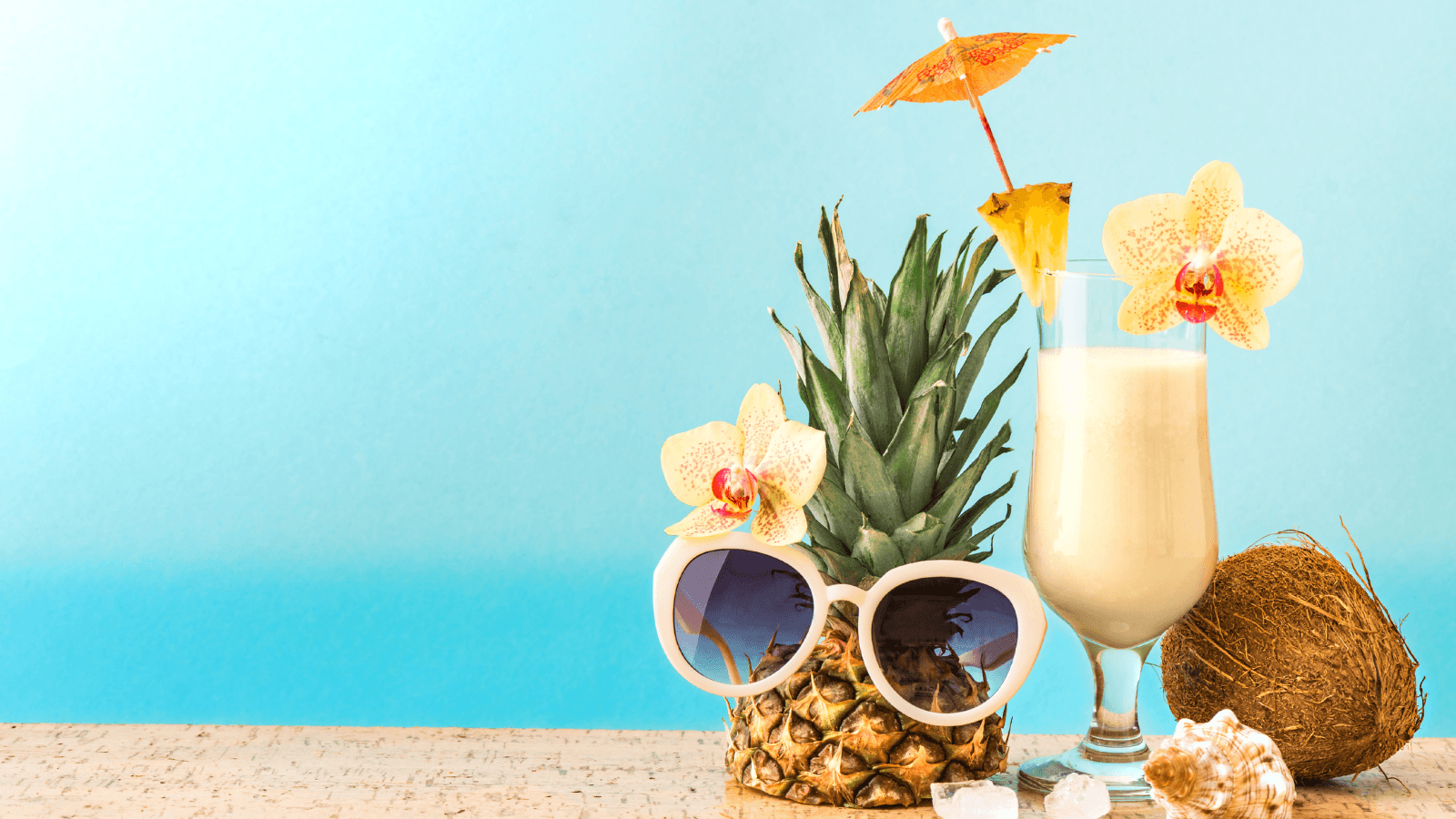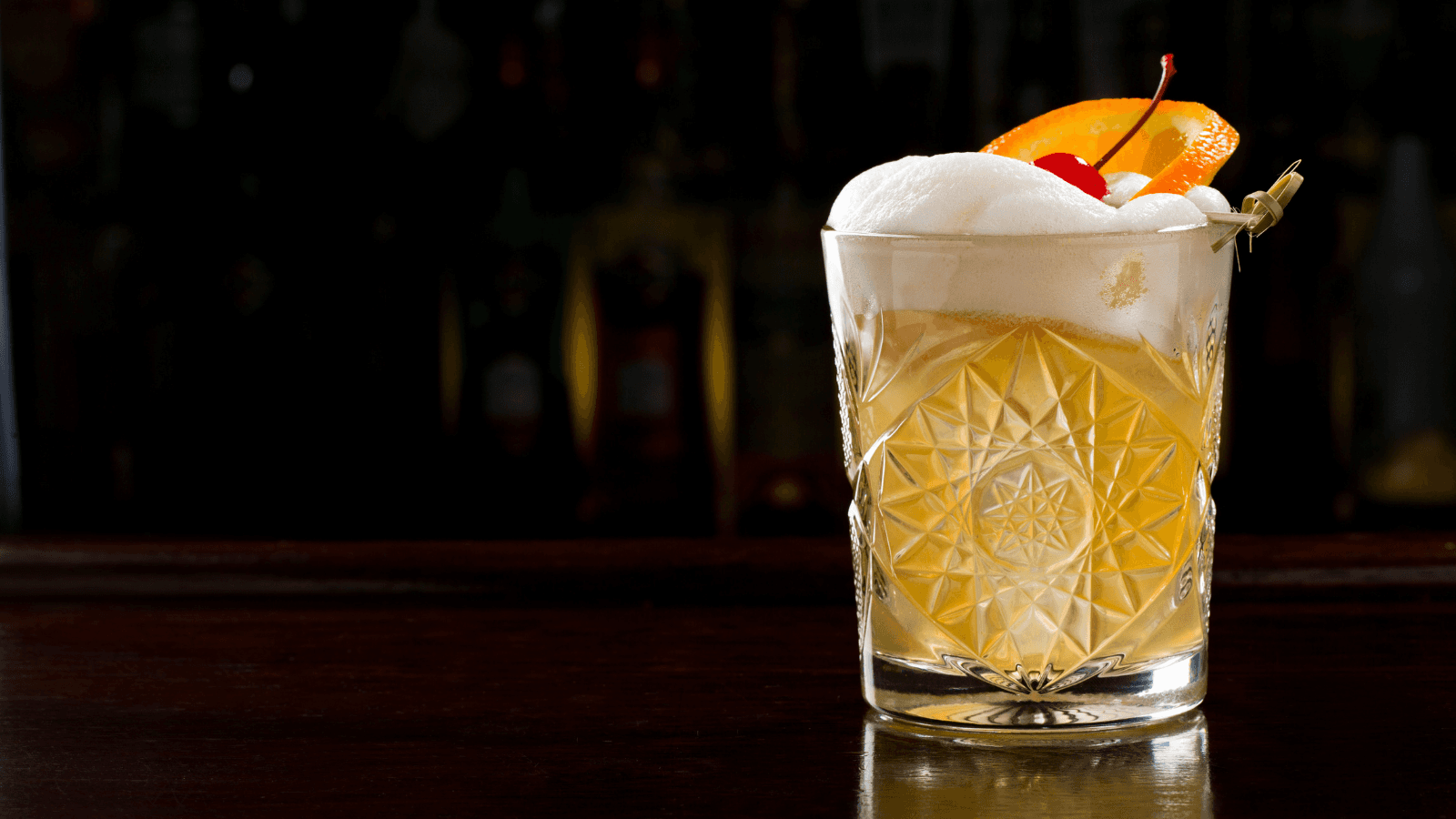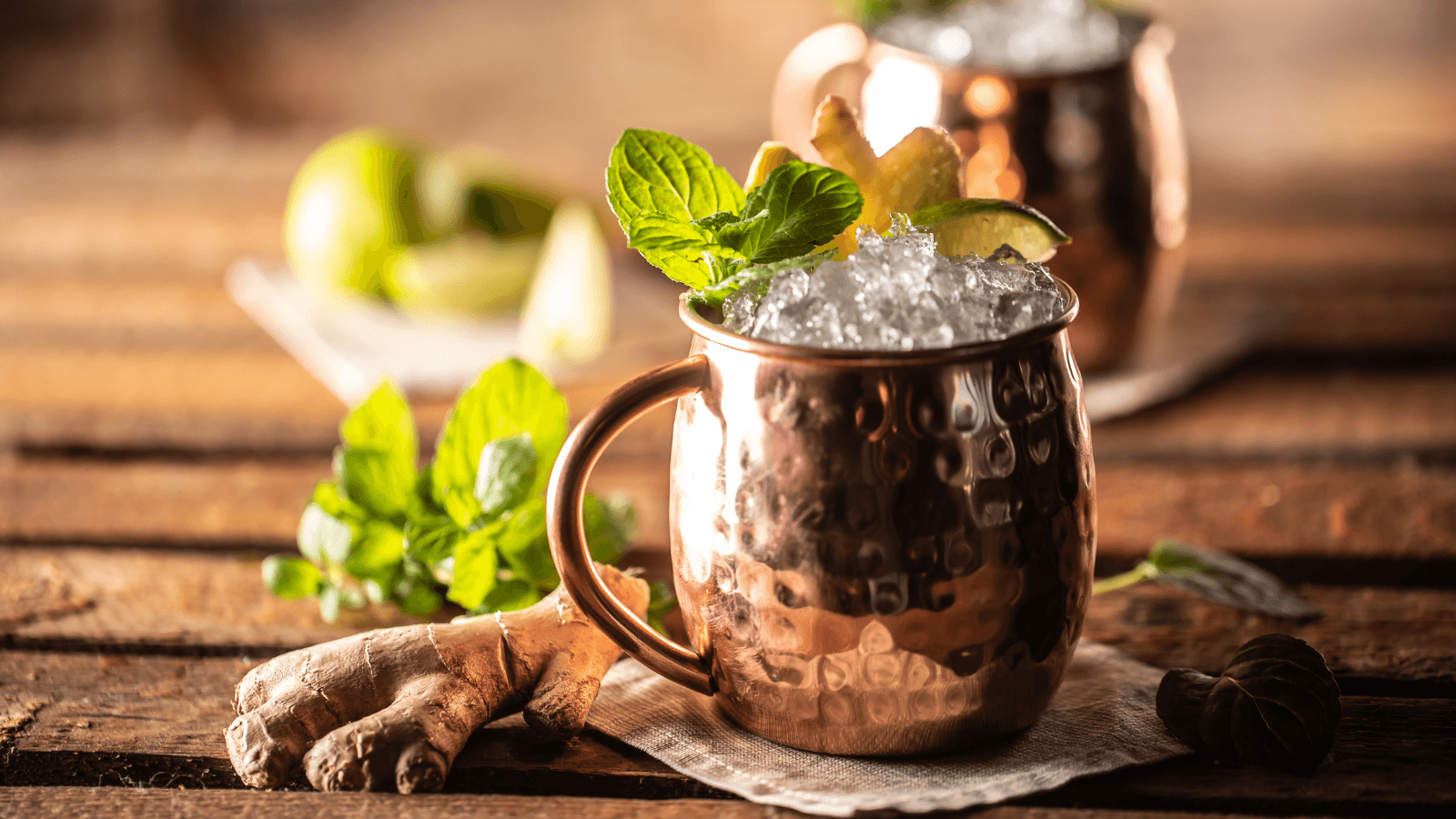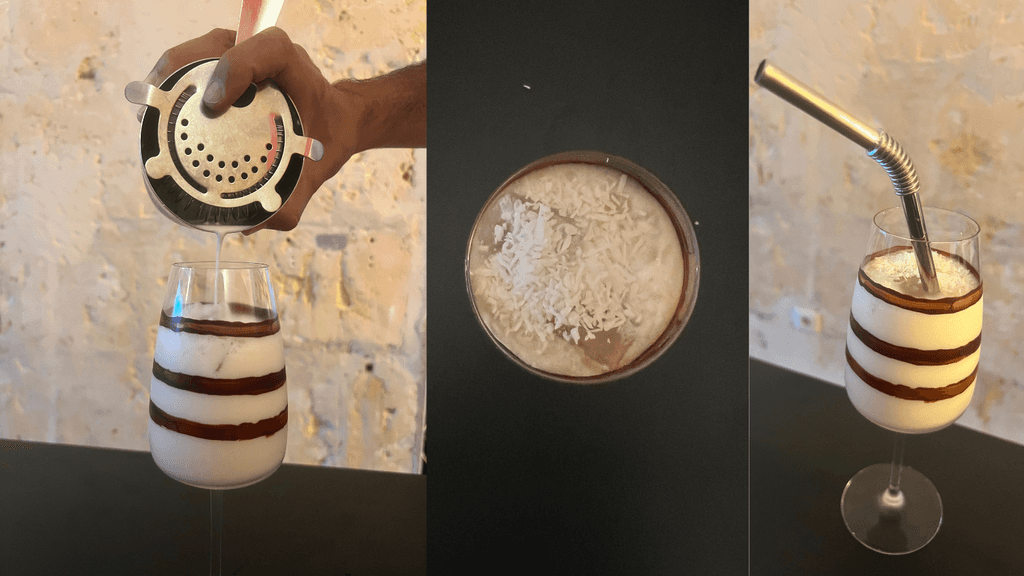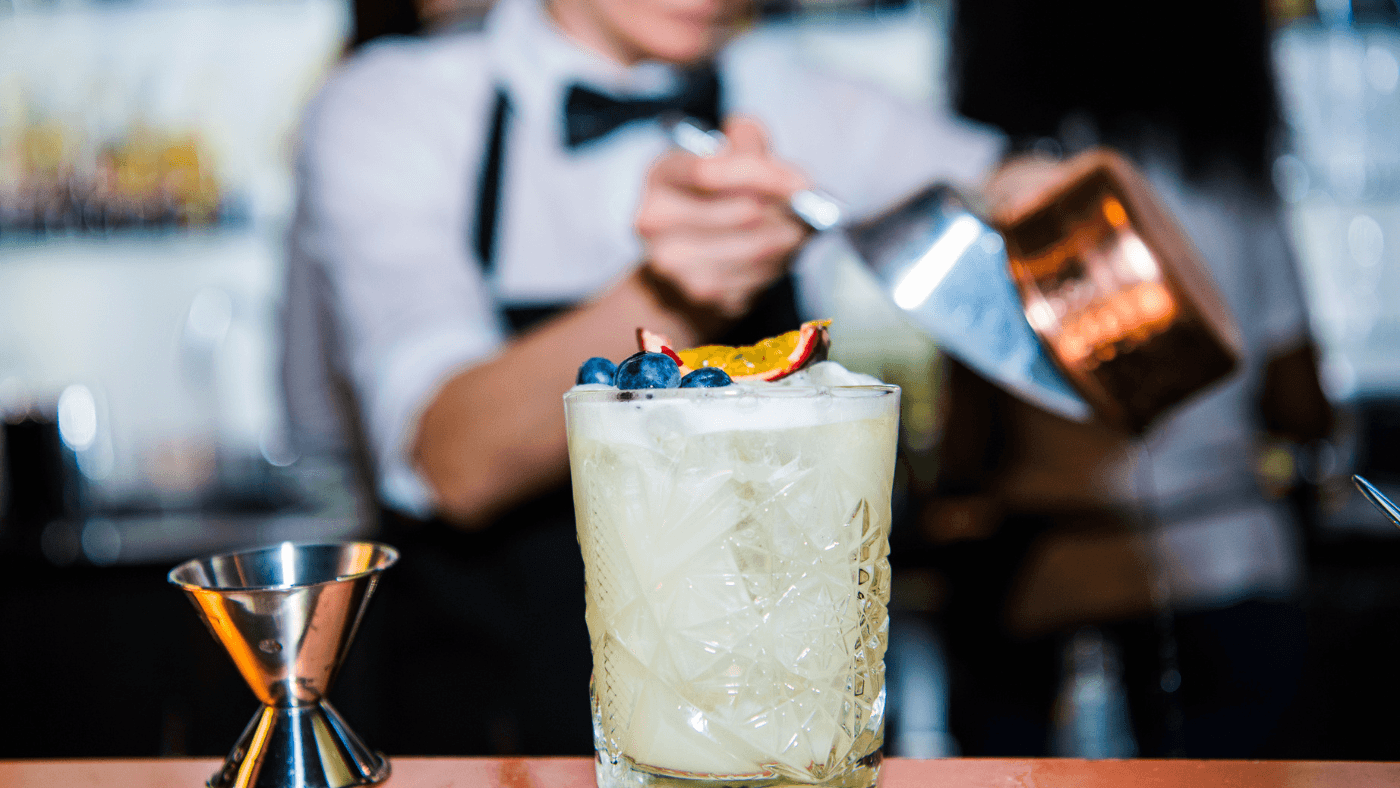Julia Trotzki
Oct 27, 2024
Oct 27, 2024, 12:30 PM
Interesting facts
Acid is essential for a successful drink.
The Role of Acid in Cocktails and Drinks: A Guide for Connoisseurs
When it comes to the art of mixing, acid plays a central role. Whether in a refreshing cocktail, an elegant aperitif, or a delicious non-alcoholic drink – the right balance of acidity can make all the difference. In this article, we dive deep into the fascinating world of acids, examine their use in cocktails, provide valuable tips for application, and highlight interesting facts that will help you expand your mixing know-how.
What is acid and why is it important?
Acid is more than just a flavor element in the world of beverages; it is the key to balance. The pH level of an ingredient determines whether it is acidic or alkaline. A low pH level (below 7) indicates an acidic taste, while higher levels can hint at sweetness or bitterness.
Acid brings three essential benefits to cocktails:
Flavor balance: In mixology, we strive for a harmonious balance between sweetness, acidity, and bitterness. Acid can offset the sweetness of ingredients like syrups or liqueurs, ensuring that the drink does not feel too heavy or sticky.
Freshness and liveliness: A splash of lemon or lime can brighten up a cocktail instantly. The freshness of acid enlivens the palate and makes every sip an experience.
Highlighting flavors: Acid has the ability to enhance other tastes. It brings hidden flavors to the surface and provides a more complex tasting experience.
Typical Sour Ingredients in Cocktails
Here are some of the most common sour ingredients used in cocktails, along with their unique properties:
Lemon Juice: The classic among acids. Its fresh, crisp flavor pairs wonderfully with almost every type of spirit and forms the base for many popular cocktails like the Whiskey Sour or the classic Daiquiri.
Lime Juice: With a more intense and complex flavor than lemon juice, lime is the star ingredient in drinks like the Mojito and the Margarita. Limes add a zesty freshness that is often considered essential.
Vinegar: Yes, you read that right! Vinegar, especially apple cider vinegar or balsamic, can add an unexpected but delicious acidity. It is increasingly used in modern cocktails to create depth and interesting flavor nuances.
Acidic Fruits: Grapefruit, pineapple, raspberries, and cranberries are excellent sources of natural acids. They bring not only acidity but also color and aroma to your cocktails.
Tips for the Perfect Use of Acid
Here are some practical tips to help you make the most of the acid in your cocktails:
Fresh over Preserved: Always use fresh juice whenever possible! The difference in taste is significant. Fresh lemon or lime juice has a vibrancy that bottled products often lack.
The Right Amount: Start with 1.5 to 3 cl of acid per drink and adjust to taste. A good ratio is often around 1.5 to 3 cl of acid, but this can vary depending on personal preferences. Don’t go overboard – too much acid can quickly make the drink undrinkable.
Experiment and Combine: Don’t hesitate to experiment with different acids. Try combining lemon and lime juice, or use exotic ingredients like yuzu or passion fruit for a fruity kick.
Pay Attention to Alcohol Content: High-proof spirits can affect the perception of acid. In stronger cocktails, it may be necessary to add a little more acid to maintain balance.
Carbonation as an Exciting Addition: Carbonated beverages bring a refreshing spritz and can also serve as an acidic component. Sparkling water or tonic water can not only add a fizzy effect but also enhance the flavors of your cocktail.
Interesting Facts About Acid in Drinks
The pH Value of Cocktails: Most cocktails have a pH value below 4, making them fresh and lively. Experiment with pH test strips to measure the acidity of your creations.
Acid and Aging Processes: Some cocktails, like the Negroni, benefit from a certain "aging" in the fridge. During this time, the flavors can meld and the acidity can mellow, leading to a rounded taste.
Acid and Taste Memory: Studies show that acidity activates people's taste memory. A sour drink can evoke memories and stir nostalgic feelings – perhaps of a summer evening with friends.
Alternatives to Citrus Fruits
Vinegar: Apple cider vinegar or wine vinegar can add an interesting sour note. Use it sparingly, as it is intense in flavor.
Pomegranate Juice: This juice has a pleasant acidity and can be used in many cocktails as a substitute for citrus juices.
Rhubarb Juice: Rhubarb has a natural acidity and can be combined with other fruit juices.
Apples and Pears: Fresh apple or pear juice can also add a sweet-sour note and is a good base for cocktails.
Raspberries and Cranberries: These fruits have a natural acidity and are well-suited for cocktails and refreshing drinks.
Kombucha: This fermented drink has a pleasant acidity and can serve as a base for cocktails.
Tips
Test the Alternatives: Start with small amounts of the alternatives to see which ones you enjoy the most and which harmonize well with other ingredients.
Preparation: Mix the alternatives with fresh herbs like mint or basil to create additional flavors and enhance freshness.
Sweeteners: If you are using a very sour alternative, it may be helpful to add some sweetener (like honey or agave syrup) to maintain balance.
These tips and alternatives help to create refreshing and flavorful cocktails without having to rely on citrus fruits.
Conclusion
Acid is a crucial element that brings cocktails and other beverages to life. With the right tips and techniques, you can find the perfect balance and elevate your cocktail creations to a new level. Be bold, experiment with different ingredients, and discover which combinations you and your guests enjoy the most.
Whether you want to mix a classic Whiskey Sour or an innovative, acidity-focused cocktail – the possibilities are endless. Cheers to the art of mixing and discovering new flavor horizons!
Topics that might also interest you
Feb 27, 2025
Feb 16, 2025
Feb 15, 2025
Feb 8, 2025
Jan 16, 2025
Jan 22, 2025
Jan 16, 2025
Jan 13, 2025
Oct 22, 2024
Apr 17, 2024
Oct 30, 2024
Nov 12, 2024
Dec 17, 2024
Nov 5, 2024
Apr 17, 2024
Oct 27, 2024
Sep 15, 2024
Dec 3, 2024
Oct 24, 2024
Dec 6, 2024
Oct 24, 2024
Nov 5, 2024
Oct 28, 2024
Oct 29, 2024
Oct 23, 2024
Oct 25, 2024
Oct 22, 2024
Oct 28, 2024
Sep 29, 2024
Oct 6, 2024
Apr 17, 2024
